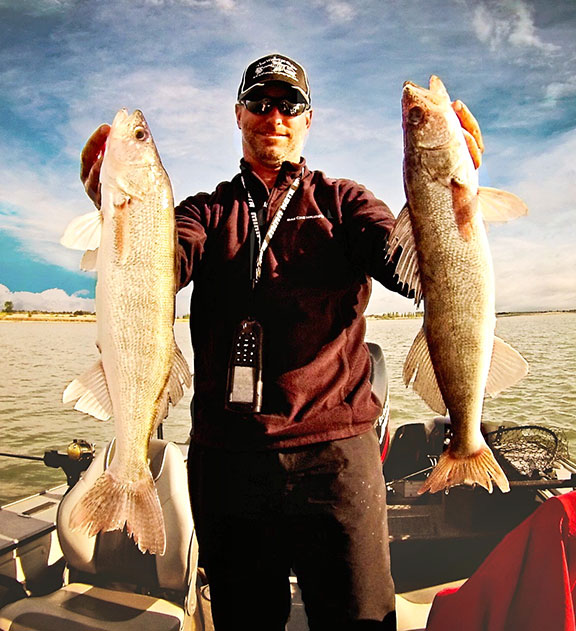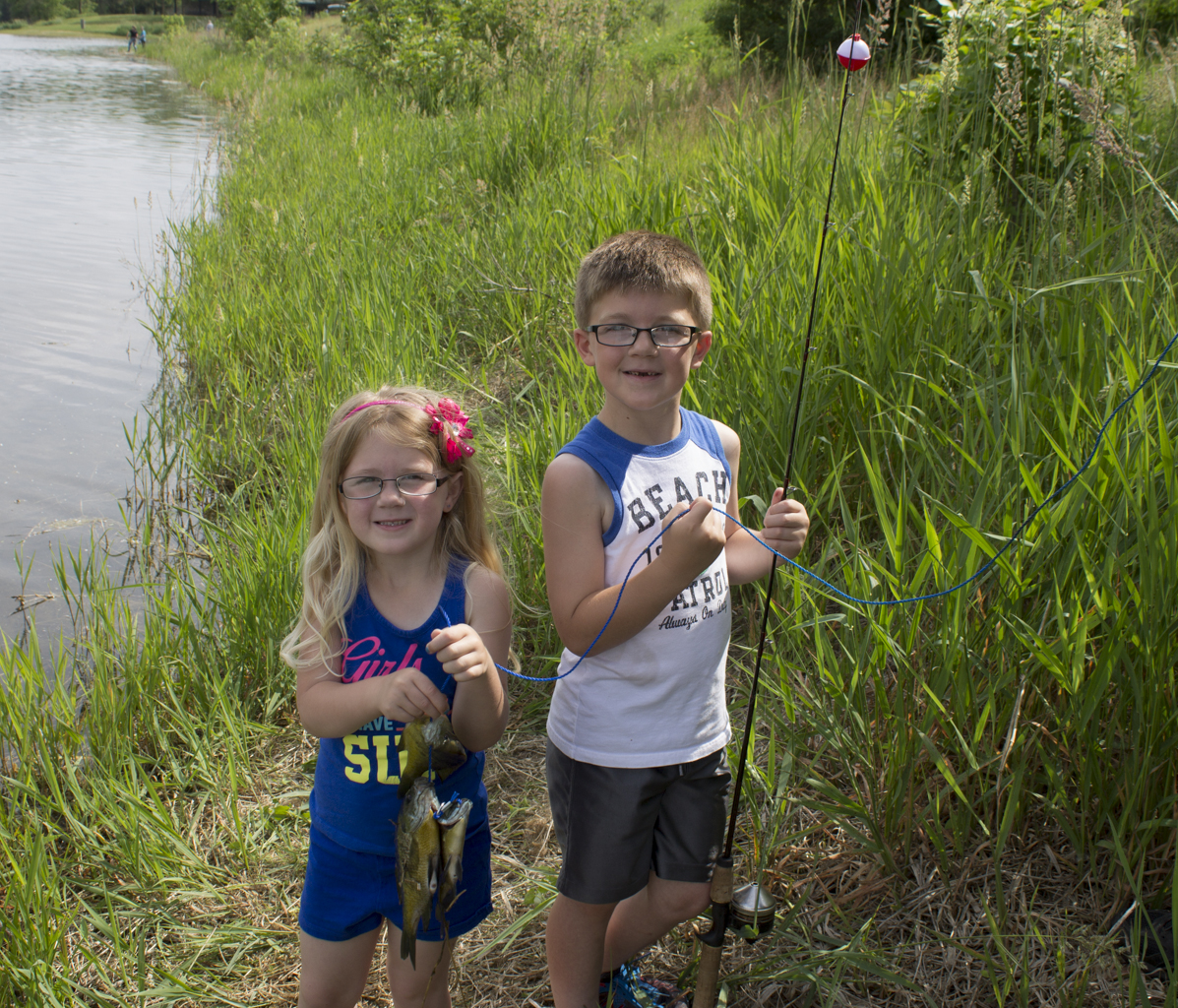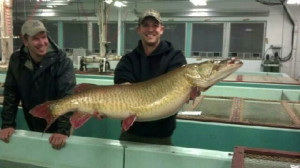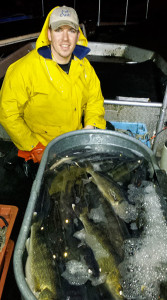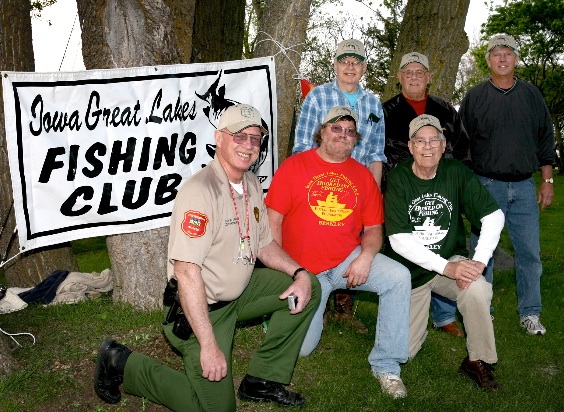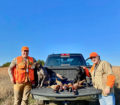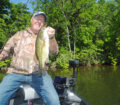By Steve Weisman
Once again the DNR’s gill netting process on the Iowa Great Lakes was a huge success. As a result, the Spirit Lake Fish Hatchery was able to harvest enough eggs to produce a new stock of fish for many of the states lakes and streams. This year more than 3,300 walleyes were taken from Big Spirit Lake, East Okoboji and West Okoboji, with 2,117 walleyes coming from Big Spirit alone. In addition DNR officials also take both northern pike and muskie for stocking purposes. Roughly 500 pike and over 300 muskies came from the three lakes. Largest muskie was a 46 pounder taken from Big Spirit, while several walleyes were in the 28-inch range. It took approximately two weeks for the entire process to be completed.
Stocking fry or larger fingerlings
Over the years, most of the hatched walleyes produced at the Spirit Lake Hatchery are stocked as tiny fry with the goal that they will provide a solid year class in Iowa’s natural lakes. Because of natural environmental conditions and predation, walleye fry stockings are unpredictable and on average producing strong year-classes only happens once every 3-5 years. In visiting with DNR Fisheries Biologists Jonathon Meerbeek, and Mike Hawkins, Big Spirit Lake definitely exhibits this typical boom and bust cycle. The walleye fry stocking in 2001 are an example of a very successful fry stocking. This year-class has dominated the fishery for many years and was so large their growth slowed and probably caused other problems in the fishery. Most of the fish in that year class have now faded. The 2001 year-class has been followed by a strong 2007-year class, and now the 2013 and 2014 year-classes seem to be strong.
Both agree that the slot size limit has done what it was intended to do: protect and increase the numbers of larger broodstock fish, a critical source of walleyes stocked in much of Iowa, while allowing anglers to harvest fish below the slot. However, they realize the frustration that some anglers can have over the last year, when they have struggled to catch eater fish below the 17 inch to 22 inch protected slot. This has been compounded by the fact that a strong adult year class of perch has not been there for anglers to be able to turn to. Those long gaps between successful fry stockings can create periods when there number of harvestable sized fish is low.
Not only have adult walleye numbers been high in Spirit Lake, but healthy northern pike and bass populations have added to the gauntlet that young fish have had to run to make it to adulthood over the past few years. However, Meerbeek notes, “Lower pike populations and diminishing numbers of the 2001 year-class of walleyes are helping take predator pressure off of the system. The young walleyes we are seeing now should provide some good numbers of harvestable sized walleyes over the next few years.”
Meanwhile, on West and East Okoboji, in addition to fry, biologists have been stocking larger walleye fingerlings raised at Iowa’s largest walleye rearing facility at Lake Rathbun in southern Iowa. Over the past few years, these 7-9 inch fingerlings seem to be helping increase walleye numbers in years when fry don’t survive well. However, these fish cost more to produce and the state has limited resources and space to raise this larger product. So, a study through Iowa State University aims to examine just how well these fish are doing and what kind of return they are having. The study may also find ways to improve the survival of these fish.
Hawkins says, “Walleye fingerlings will be monitored from the time they are put on the truck in southern Iowa, stocked into the lake and as they move into adulthood. Data collected will include their travel patterns after stocking, effects of predators and how many of these advanced fingerlings make it to a harvestable size and beyond.” Both biologists are looking forward to using the new ISU study to improve stocking methods.
When it comes to managing these fisheries, Meerbeek and Hawkins look at it as both an art and a science. They collect large amounts of data related to walleye populations, but the real trick is being able to make predictions based on that data. They use complex simulation models to help provide insights into how increased stockings, changes in harvest regulations and changes in angler catch can impact the fishery.
Some people would argue managing fish is simple. However, these are not controlled environments. Instead, they are living, breathing environments with all kinds of variables. Big Spirit, for example, has nearly 40 species of fish interacting with each other and their surroundings. Simple regulation changes can have impacts that ripple throughout the fishery. These impacts aren’t always easy to understand and may take years to assess. There is rarely a one size fits all solution in fisheries management.
Hawkins and Meerbeek assure anglers that they continue to aggressively monitor walleye populations in the Iowa Great Lakes and are not afraid to suggest changes in regulations or stocking if their data and models suggest a better solution exists.

